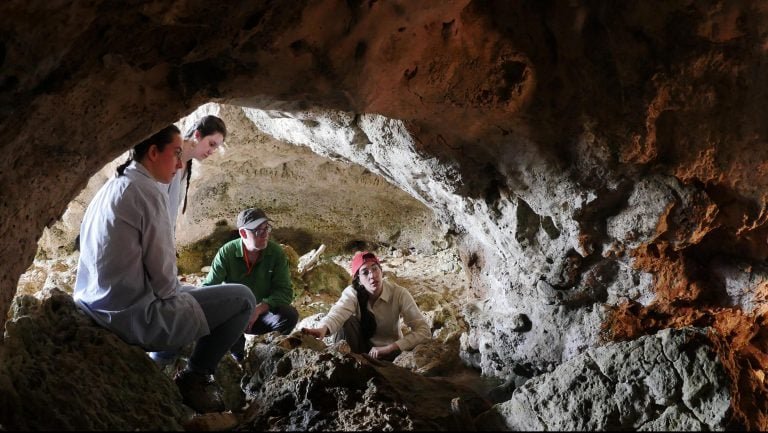Washington University researchers uncover groundbreaking clues about early human migrations in the Mediterranean, hidden within Sicily’s coastal and underwater caves.
The Quest for Answers
Archaeologists Ilaria Patania and T.R. Kidder lead the search for Sicily’s earliest inhabitants, exploring 25 cave sites and discovering three new locations.
Key Findings:
- Early human presence in Sicily dates back to 16,000 years after the last glacial maximum.
- Underwater sites reveal new clues about migration routes and settlement patterns.
- Researchers challenge traditional assumptions about Sicily’s colonization.
The Significance of Sicily
As the largest Mediterranean island, Sicily holds secrets to understanding human dispersal and adaptation.
Navigating the Sea
Patania’s personal connection to Sicily’s coastline informs her research, highlighting the sea’s power and importance.
Expert Insights:
“What we’re looking for is not just the first person who arrived, but the first community.” – Ilaria Patania
“Finding underwater sites opens up a whole new terrain to study.” – T.R. Kidder
Reference:
Patania, I., et al. (2024). Early human occupation of Sicily: New evidence from coastal and underwater cave sites. PLOS ONE. DOI: [insert DOI]
Share Your Thoughts:
What do these discoveries reveal about human resilience and adaptation? How can underwater archaeology reshape our understanding of ancient migrations?

















